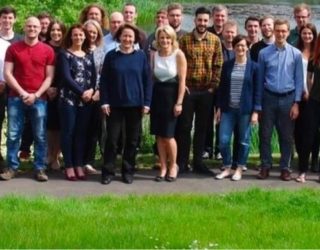With the miniaturisation of electronics the camera trap has become an excellent survey technique, a 24 hour night or day recording service that can be used in its own right as a survey method or to supplement survey techniques in a variety of situations. The ultimate aim is to improve the accuracy of biological recording on a site in one, or multiple locations.
The data collected can advise where species are located, how a species uses a site (for example features being used, frequency of use and time of day), the diversity of species present and the age structure of a population.
The camera trap can answer fundamental questions regarding
- How a river system is used by otters, water voles or invasive American mink
- How a badger sett is used
- Whether pine martins are present
- If and how dormouse bridges are used
Thomson Ecology has used this technique to assess many sites including urban badger setts in London and large rural setts throughout the UK. Through camera trapping, sett type could be confirmed or readjusted based on usage and the size of the population using the sett. This ensured cost effective mitigation could be put in place for the client whilst also safeguarding the existing badger population in each area surveyed.
With an agreed survey methodology and coverage of cameras ensuring all areas of a site and its features are covered, conclusions can be drawn from the information collected to produce protected species reports, mitigation method statements and inform licensing should it be required.











